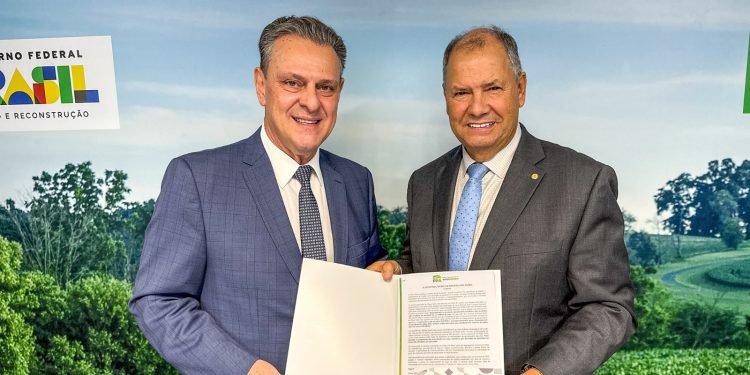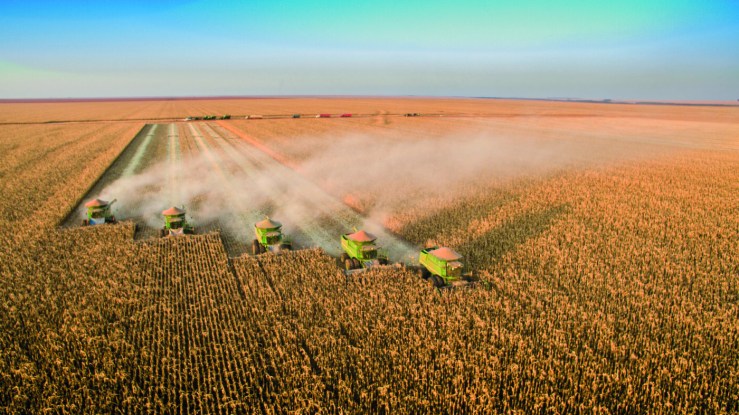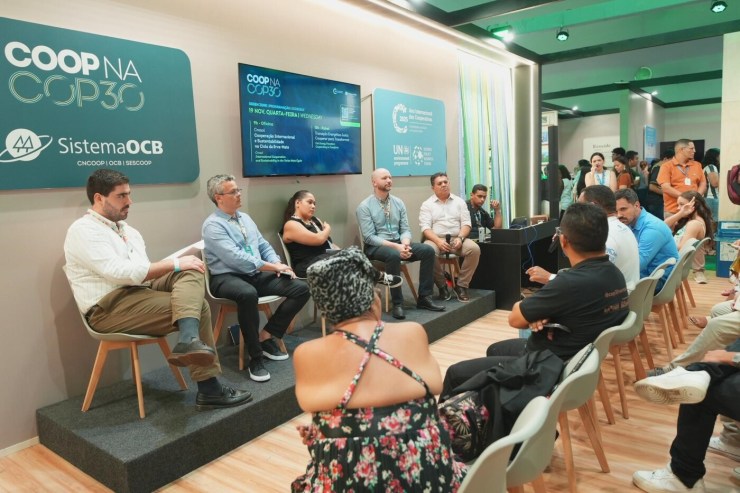In February, the highest rainfall occurred in the Center-North of the country, contributing to maintaining soil moisture and, in general, to crop development. Although excessive rainfall interfered with crop sowing and harvest development, the rains benefited grain filling in first-crop crops, in addition to the beginning of second-crop corn development. This is what the Agricultural Monitoring Bulletin (BMA), published by the National Supply Company (Conab), reveals.

Photo: Jose Fernando Ogura
The Bulletin also shows that in part of the Northeast Semiarid region, the water deficit persisted, affecting bean and corn crops. In Rio Grande do Sul, the rains alleviated the water restriction condition of part of the crops, but the high temperatures intensified the loss of soil moisture.
The spectral data analyzed by the Company indicate favorable conditions for crop development. In the case of soybeans, despite the delay in sowing, the vegetative index of the current crop evolved above the average and the previous cycle during most of the reproductive period, due to favorable weather conditions and the lower planting schedule. However, in the southwest of Mato Grosso do Sul and northwest of Rio Grande do Sul, there was a slowdown in the growth of the index of the current crop in December and January, due to the lack of rain and high temperatures that affected part of the crops.
Rice crops are generally in good condition, due to sunlight and water availability for irrigation. Many areas in the state

Photo: Disclosure/OPR Archive
The crops in Rio Grande do Sul, the country's main producer, are in the final stages of maturation, and the harvest has already begun. The recent rainfall was important in providing water to the water sources. In Santa Catarina, the harvested areas have shown good productivity and grain quality due to the favorable climate during the crop cycle.
The BMA is a monthly publication, the result of a collaboration between the National Supply Company (Conab), the National Institute of Meteorology (Inmet) and the Global Agriculture Monitoring Group (Glam). The work also relies on the collaboration of agents who contribute data researched in the field.
Click here and access the full Bulletin.





